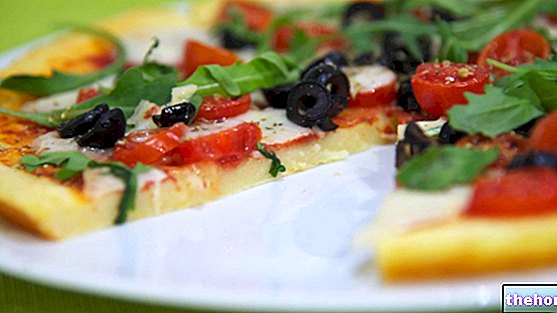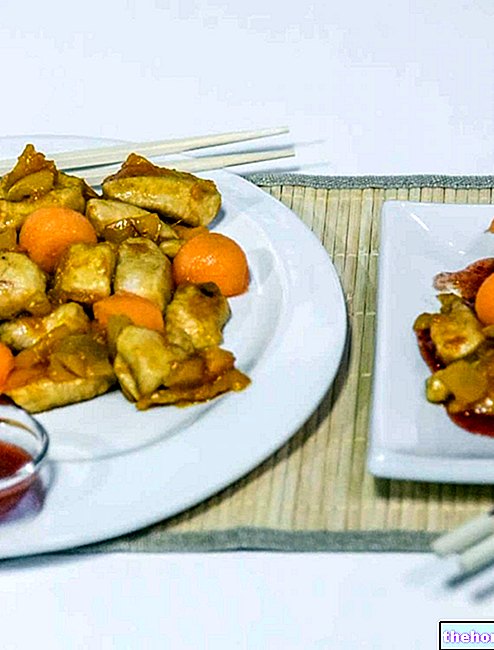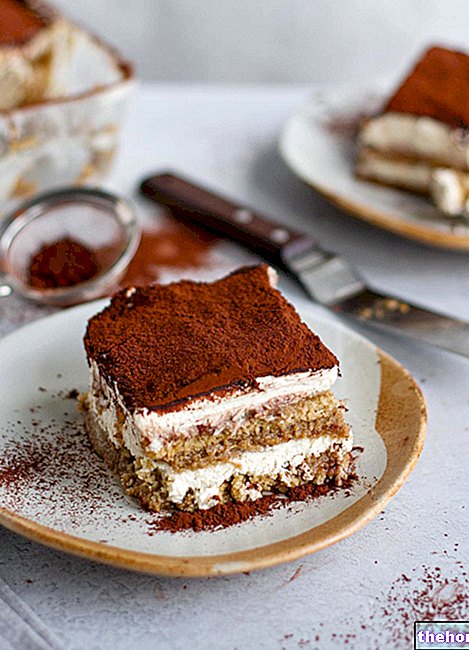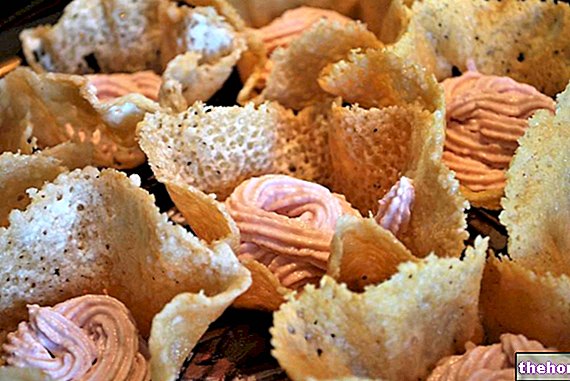If you like caramel or toffee, don't miss the recipe of the day! Today we will have fun preparing dulce de leche, a thick caramelized sauce made from milk and sugar, which many people refer to simply as "milk jam". This recipe, like many others, was cooked by mistake: in 1800, an Argentine maid forgot the saucepan of sweetened milk in the fire and from that mistake the dulce de leche was born.
Video of the Recipe
Problems with playing the video? Reload the video from youtube.
Identity Card of the Recipe
- 140 KCal Calories per serving
-
Ingrediants
- 500 ml of delactosed milk or pasteurized whole milk
- 140 g of sugar
- 20 g of honey
- 1 vanilla pod
- Half a teaspoon of baking soda
Materials Needed
- Double-bottomed pot
- Whip
- Strainer (optional)
- Scale weighs food
- Glass container
Preparation
- In a double-bottomed saucepan, combine the milk (preferably delactosed), sugar, honey and a pinch of baking soda.
- Cut into a vanilla pod and scrape the seeds of one half. Flavor the sweetened milk with the vanilla seeds.
To understand
What is delactosed milk used for?
Lactose is responsible for the "sandiness" of the dulce de leche; in certain concentrations, this sugar can no longer remain dissolved and crystallizes. To avoid this, we recommend the use of delactosed milk, easily available in supermarkets.
Why baking soda?
Baking soda is used to raise the pH of the mixture. In fact, caseins (milk proteins) tend to coagulate in an acidic environment: bicarbonate, by increasing the pH, prevents protein coagulation precisely because it neutralizes acids.
Why honey?
Honey prevents the crystallization of sugars and can be replaced by liquid glucose. Honey is essential to avoid the formation of lumps (thus interfering with the crystallization of lactose) in the dulche de leche, especially if you use natural cow's milk (with lactose).- Bring the saucepan over the heat and stir continuously until boiling. If necessary, remove the foam with a sieve or with a slotted spoon. As the dulce de leche is cooked, you will notice a variation in color, from milk white to caramel color. The brownish color depends on the Maillard reactions that occur between sugar and milk; moreover, the reaction is favored by the presence of bicarbonate.
- At this point, simmer the mixture for at least 50 minutes, stirring occasionally. By cooking the dulce de leche for an hour, you will obtain a cream of medium softness. Those who love a denser consistency can extend cooking for another 20-30 minutes.
- Turn off the heat and pour the dulce de leche - still liquid but viscous - into a jar. If necessary, strain the cream through a colander.
- With these doses you will get about 200-220 g of dulce de leche.
- Leave the cream to cool to room temperature, then put it in the fridge. As the temperature drops, the dulce de leche will become firmer and more compact. To make the cream softer, so to be able to spread it on the bread on the biscuits, it is advisable to heat it slightly (in the microwave or in a bain-marie).
- The dulce de leche can be kept in the fridge for a week. To prolong storage, pasteurization in boiling water is recommended.
Alice's comment - PersonalCooker
Another method of preparing dulce de leche involves boiling the condensed milk for a long time; There are those who even prepare it by putting a jar of condensed milk in a pressure cooker. But I prefer the older, infallible method. You can use the dulce de leche to serve cakes, biscuits or ice cream but it is also delicious to eat as a dessert to the spoon.Nutritional values and Health Comment on the recipe
Dulce de Leche is a dessert with a moderate energy intake, rich in simple carbohydrates and low in proteins and lipids. It is not a particularly suitable food in case of type 2 diabetes mellitus and hypertriglyceridemia.
If produced with delactosed milk, it can also be taken by those suffering from lactose intolerance; does not contain gluten.
The average portion of Dulce de Leche is around 60-80g (85-110kcal).




























